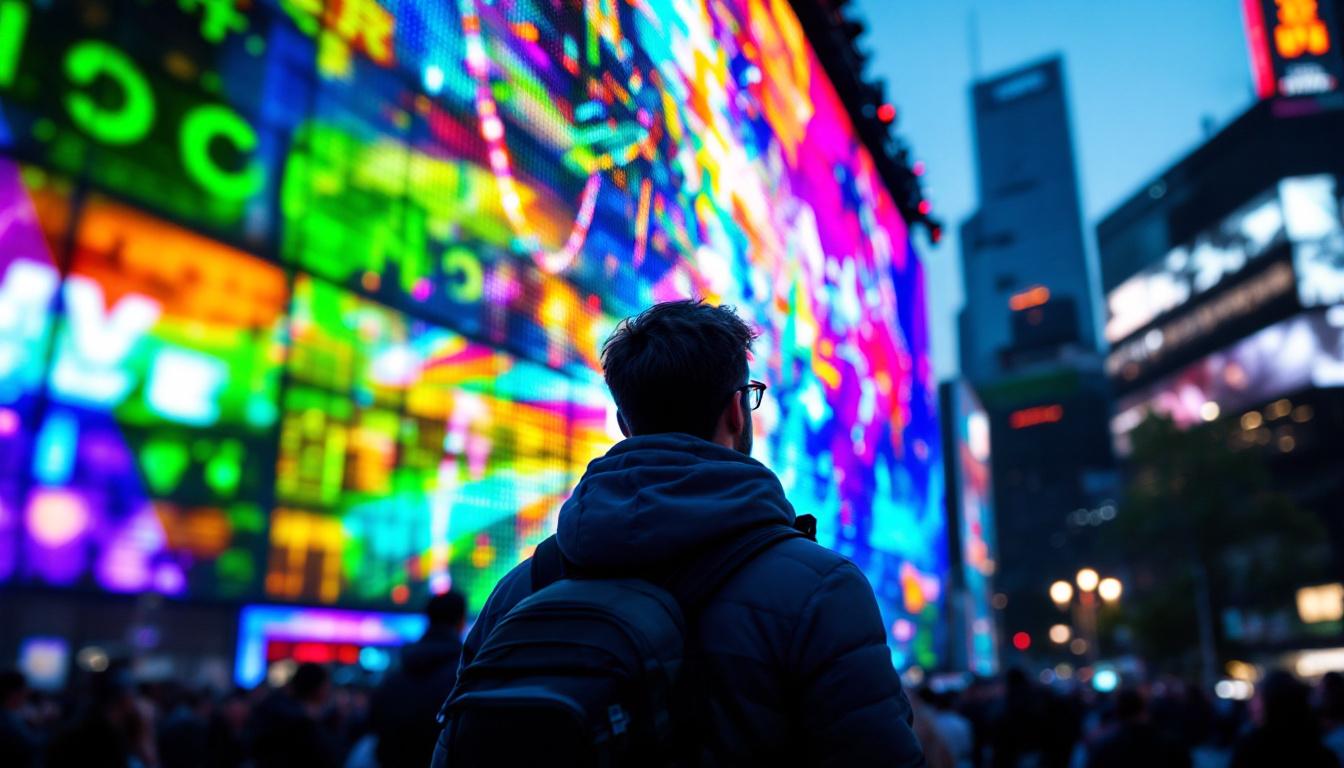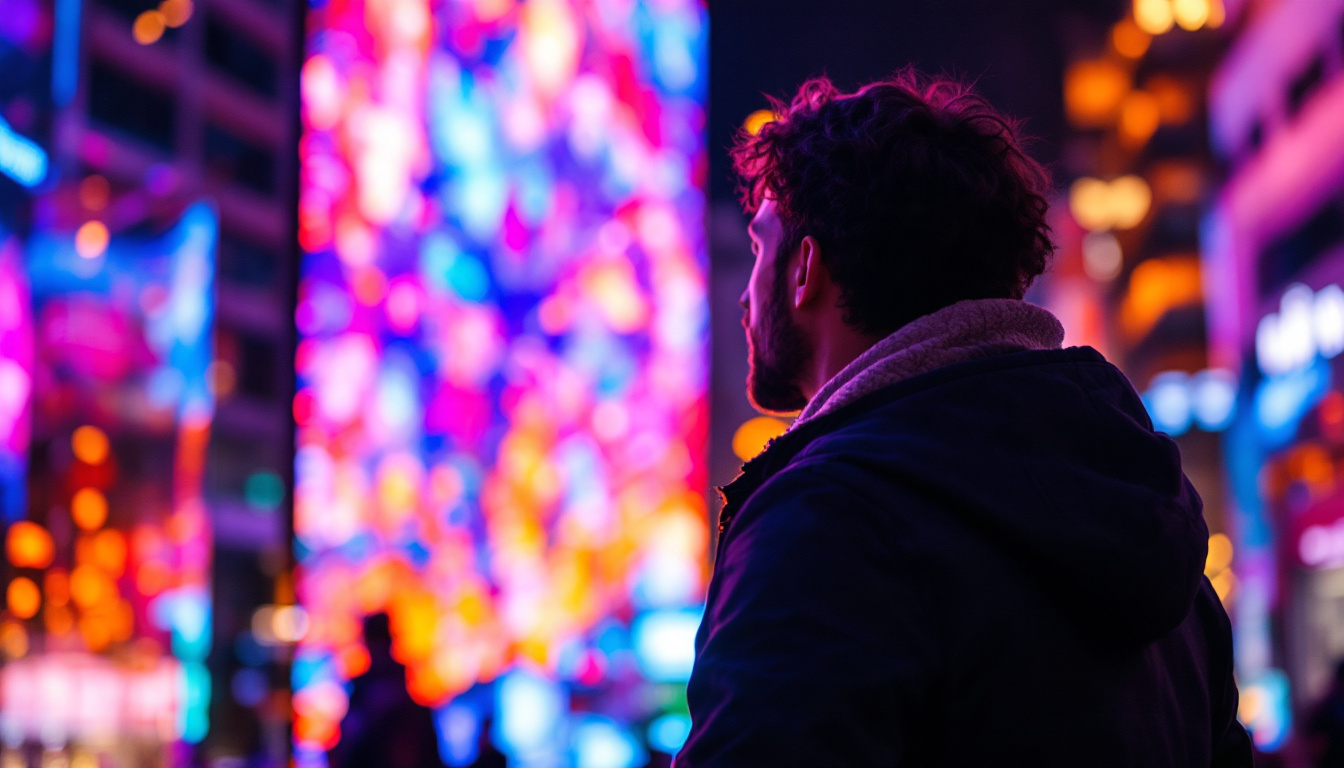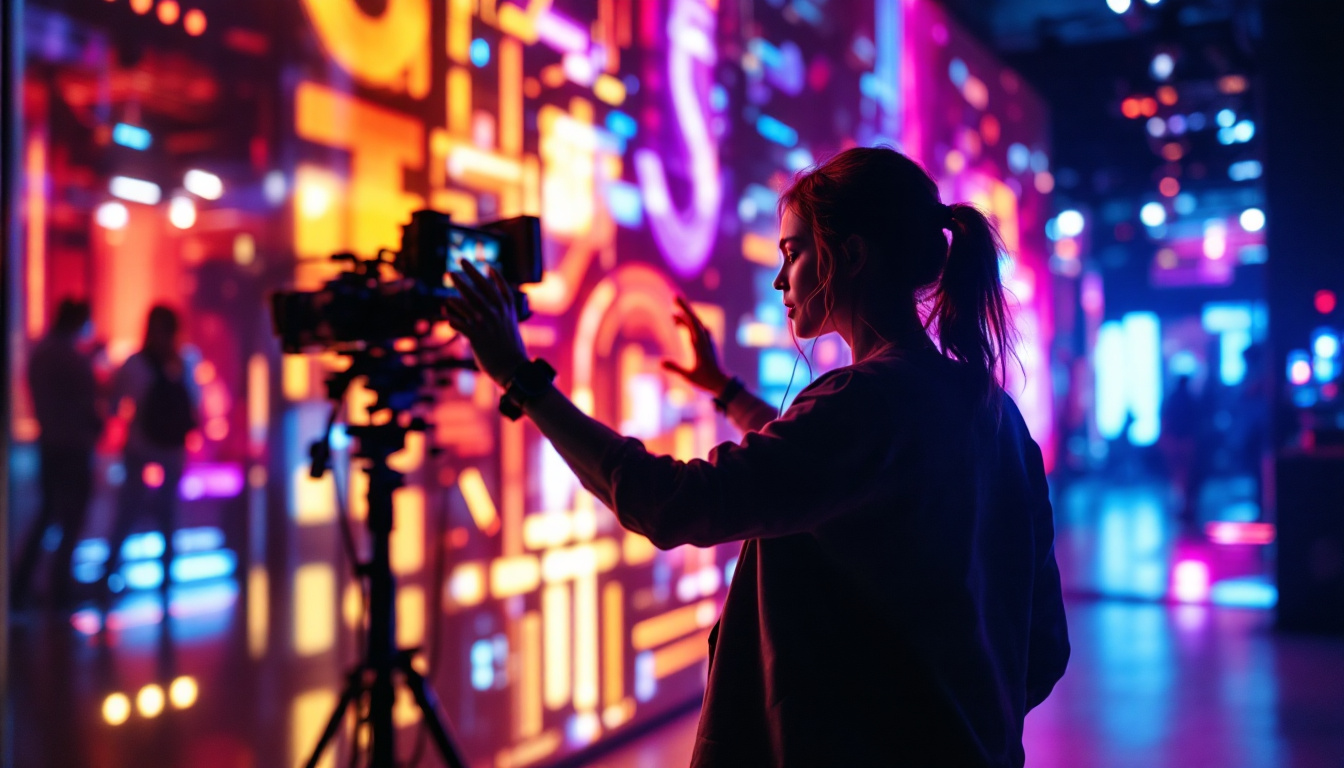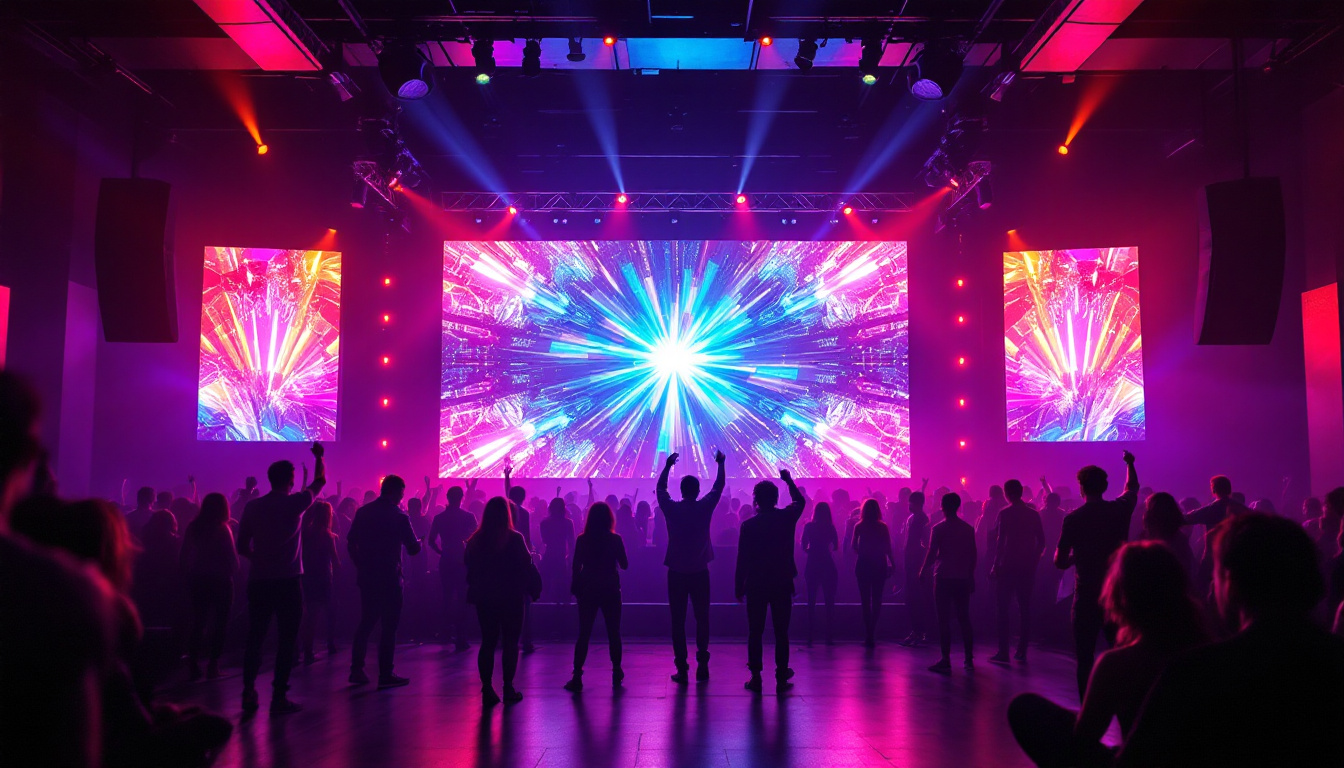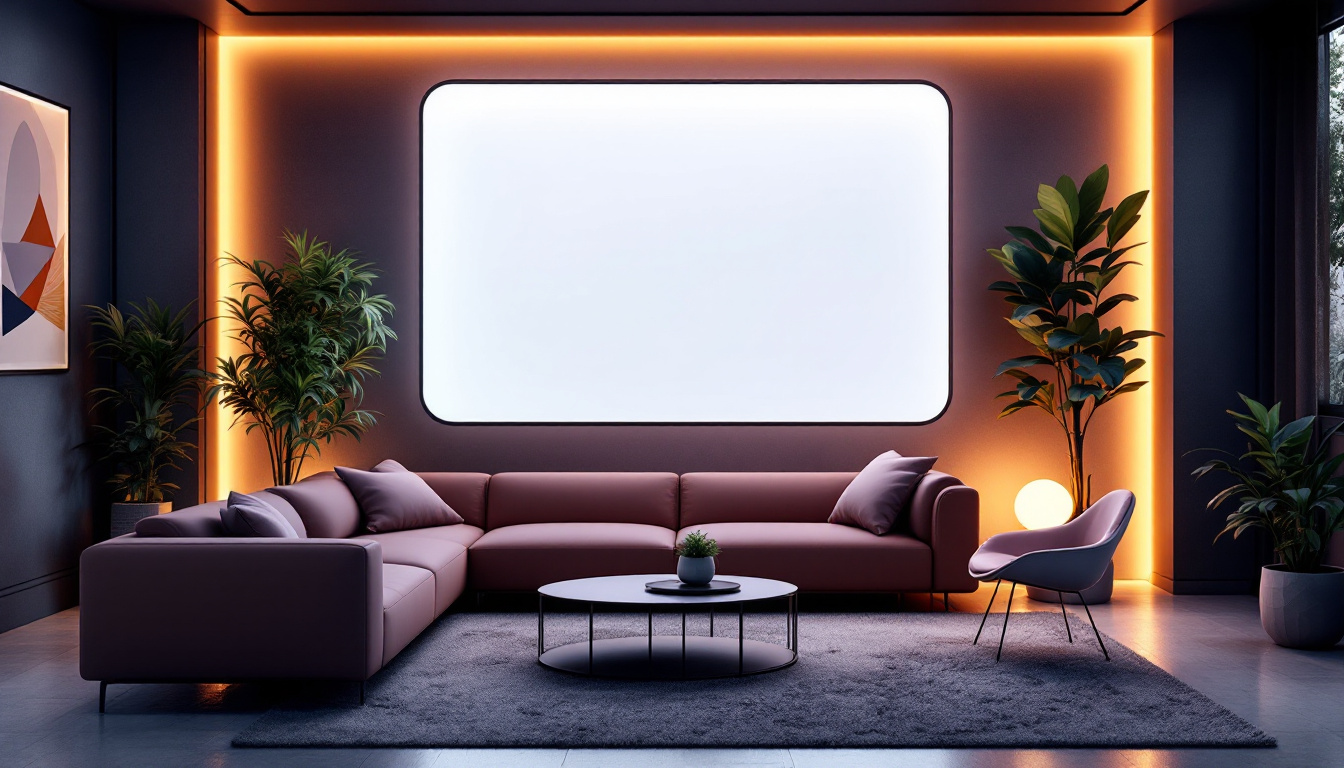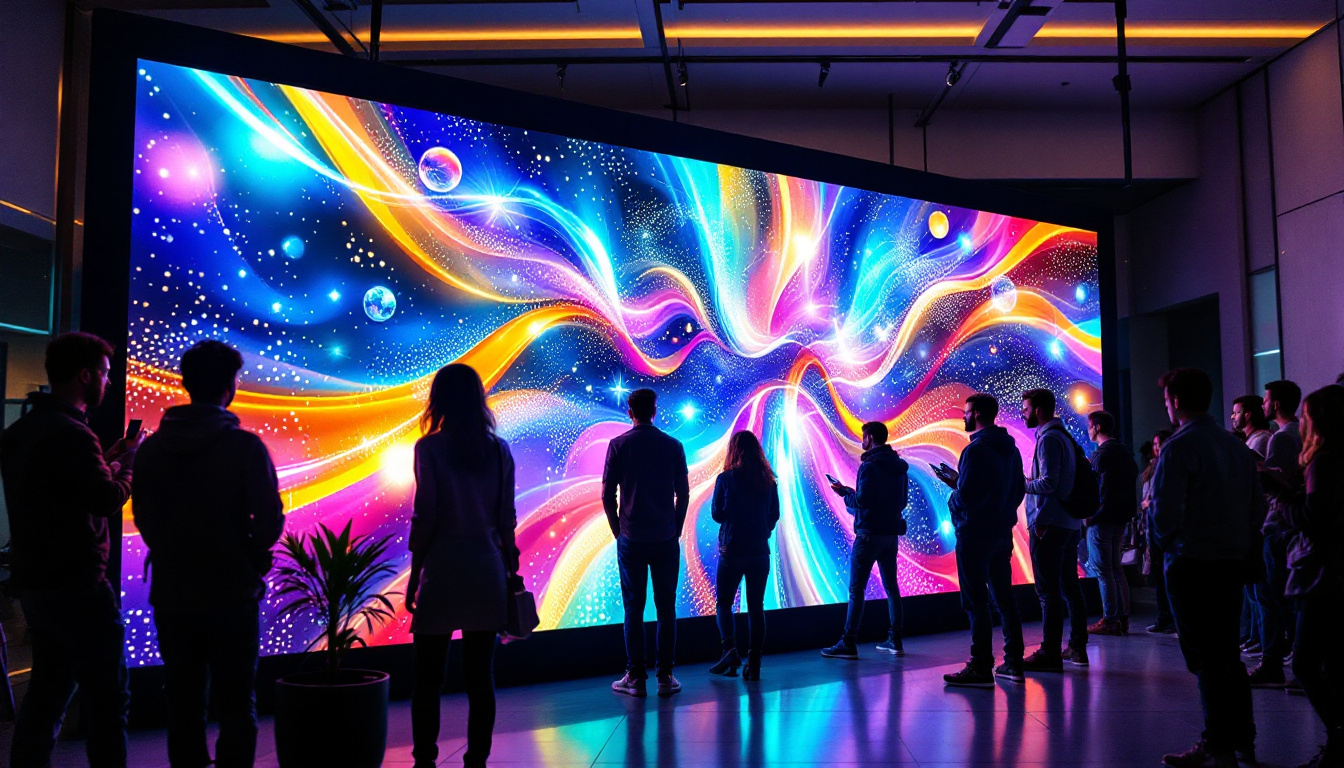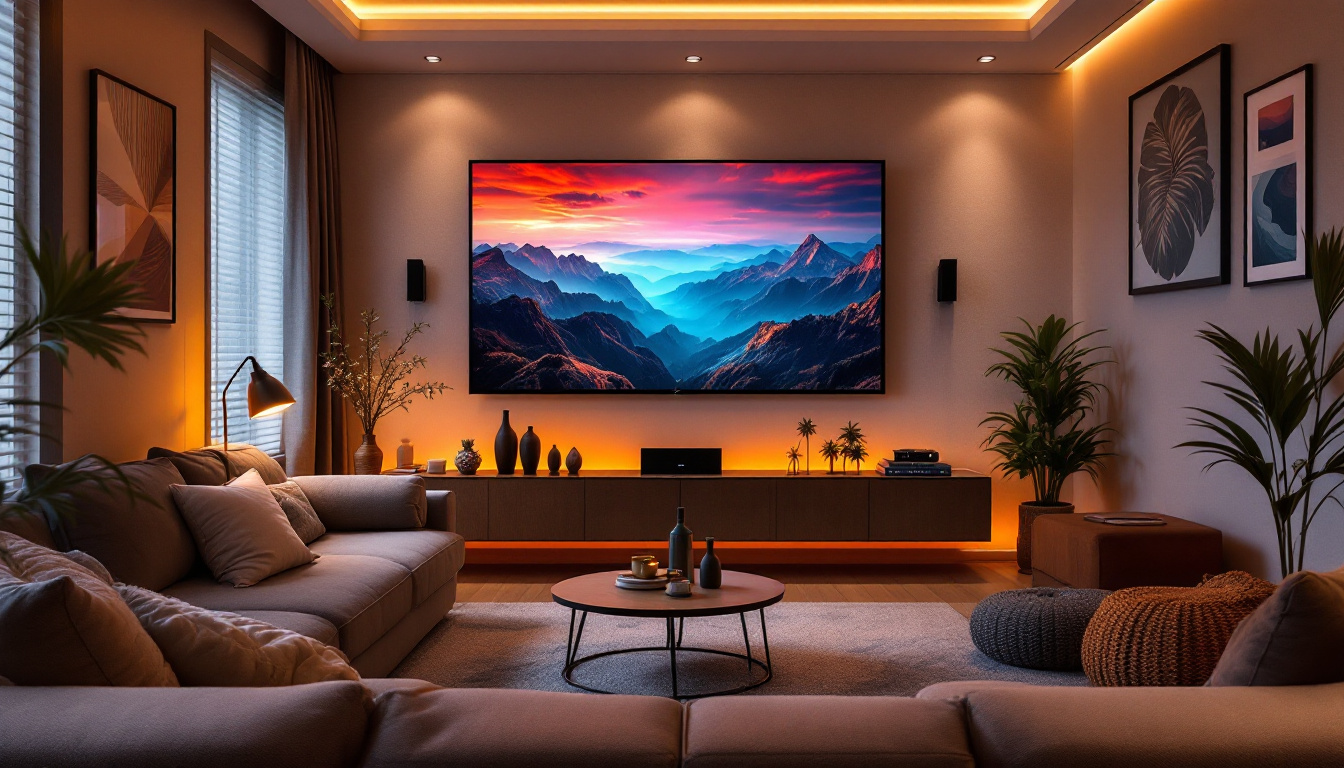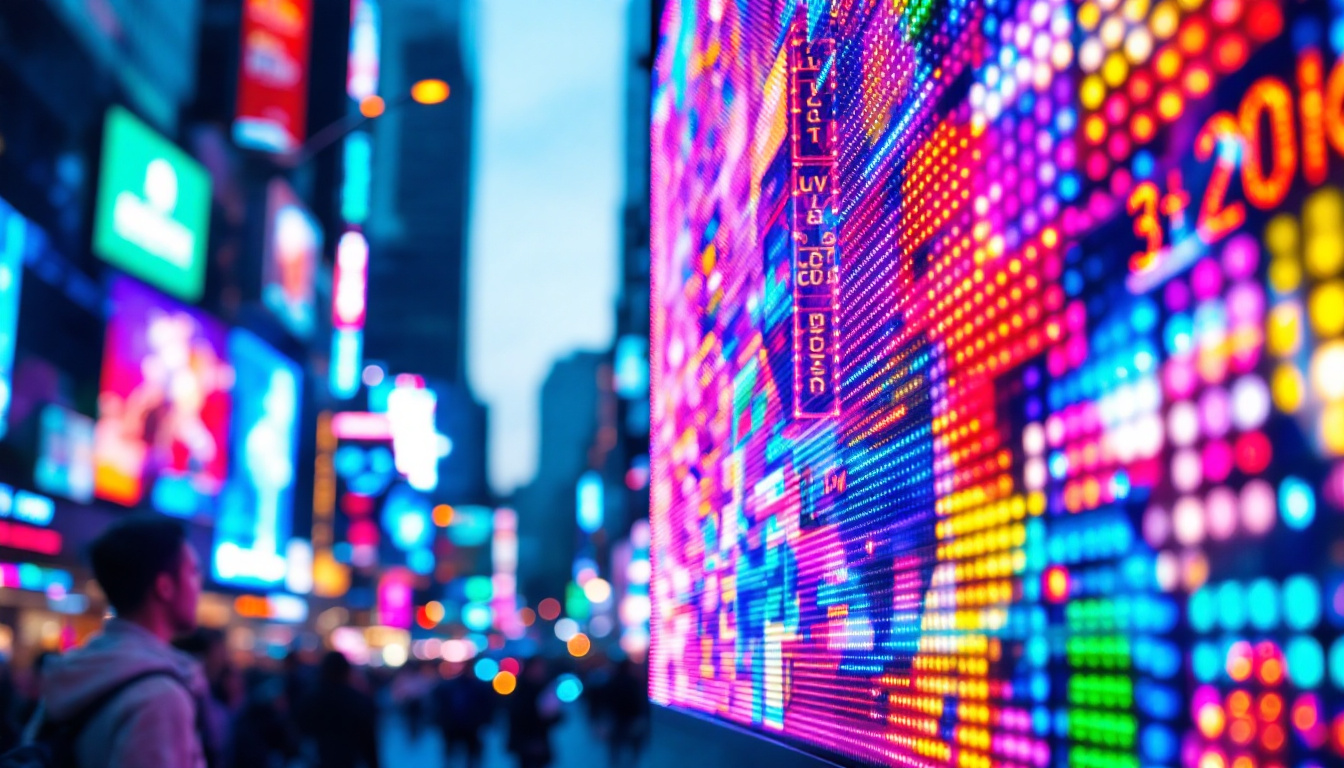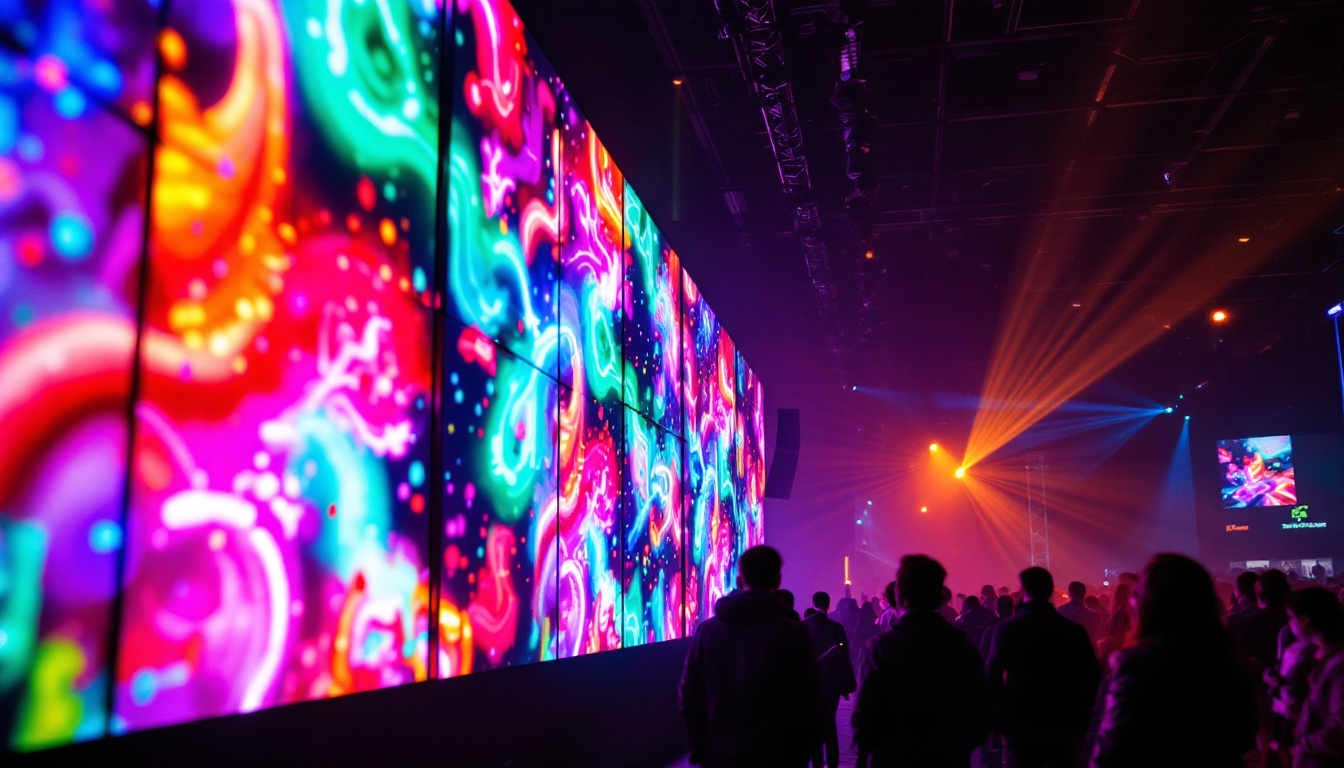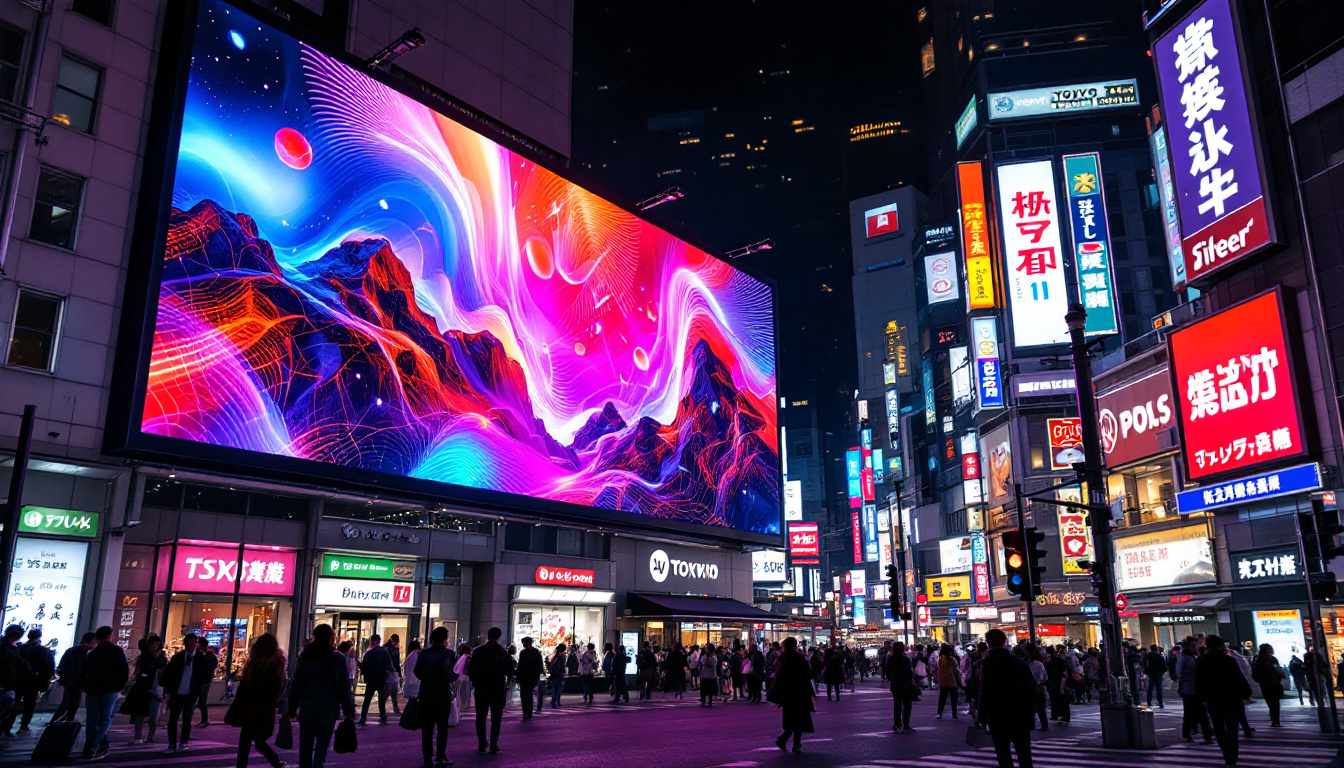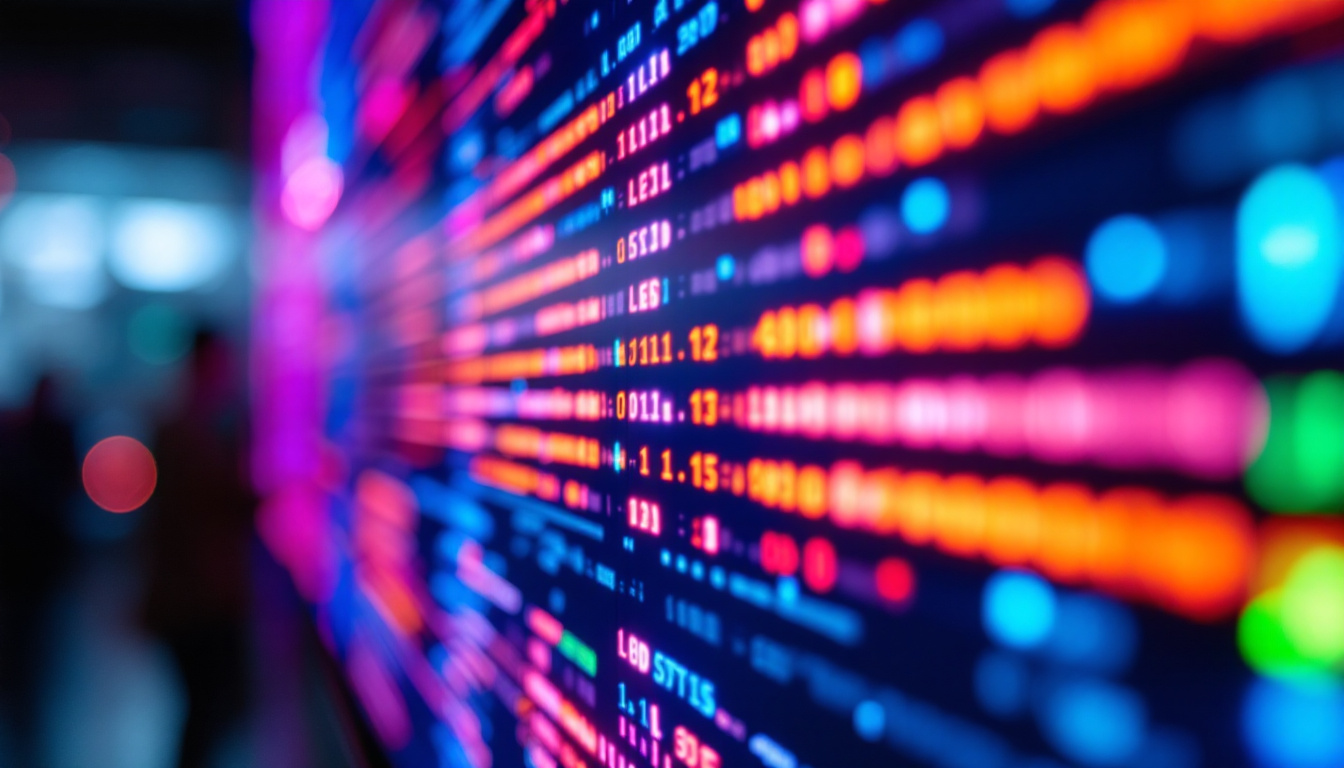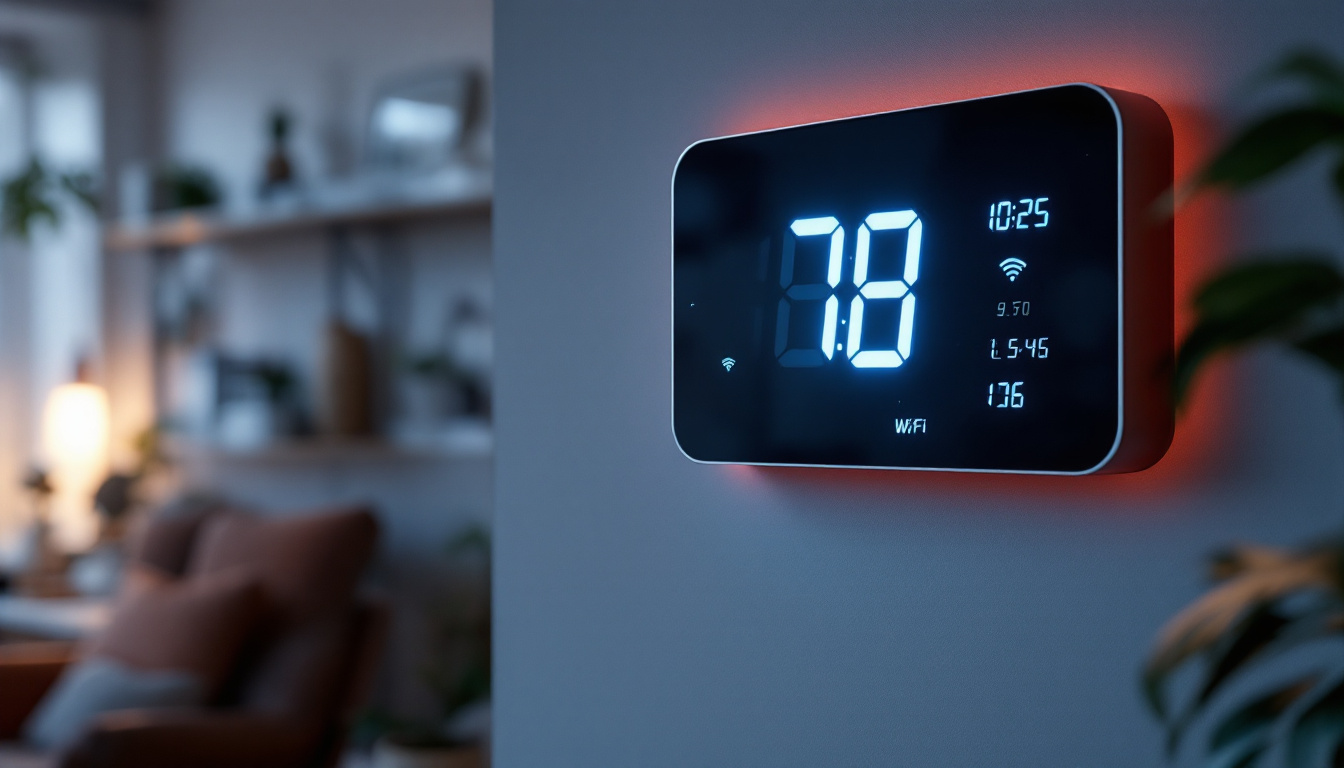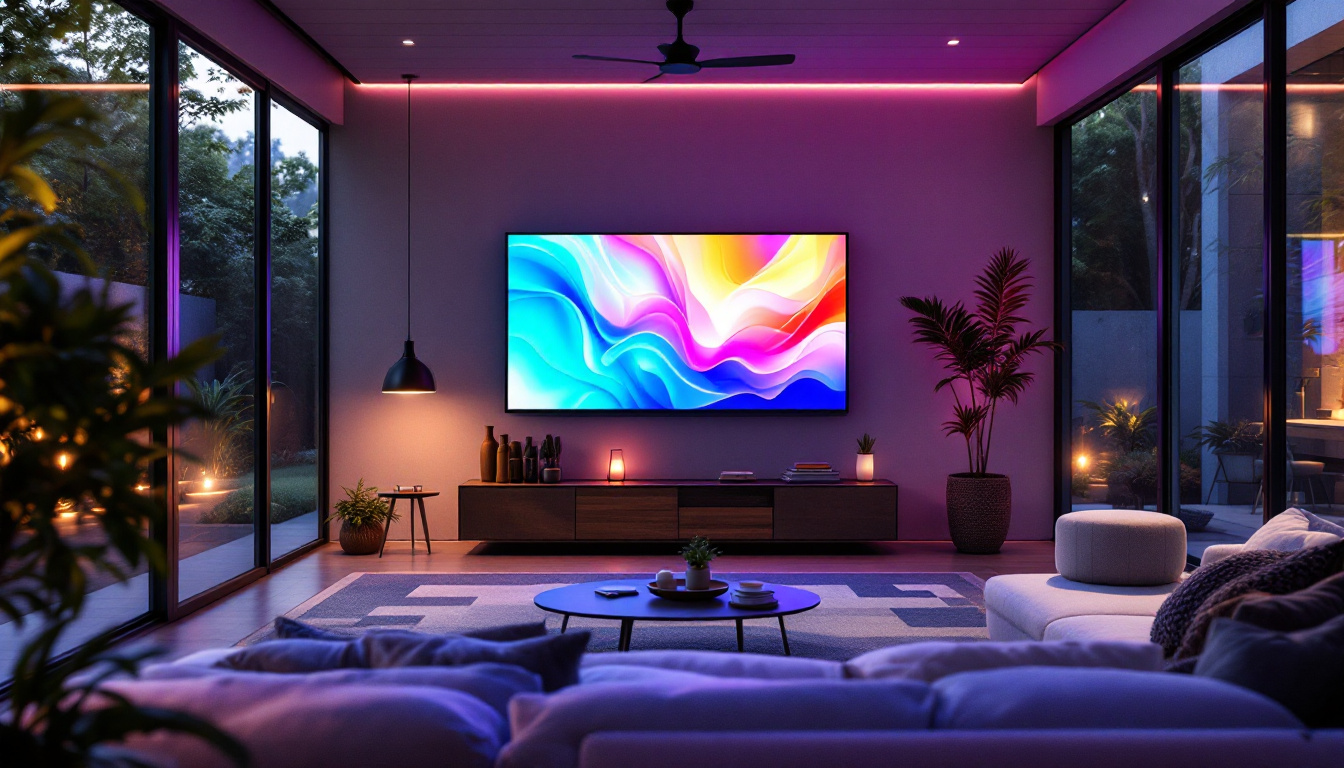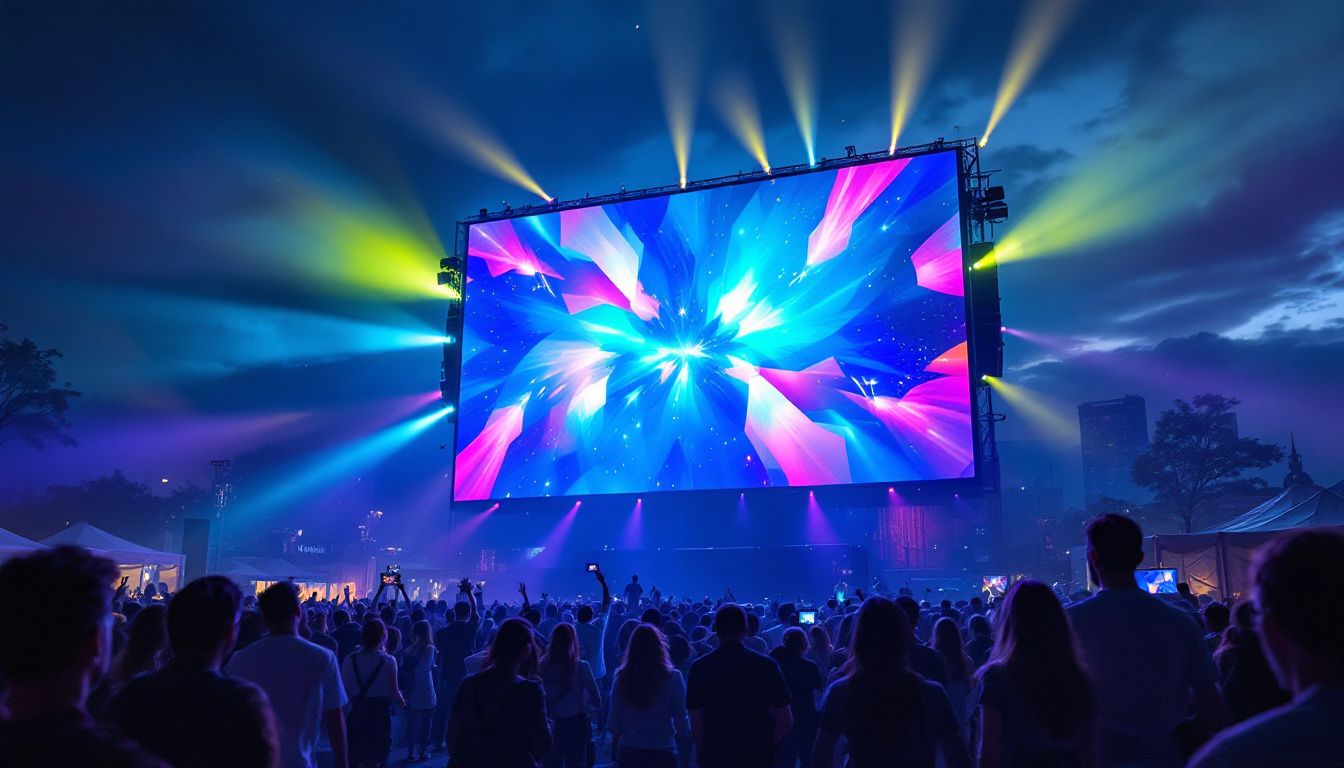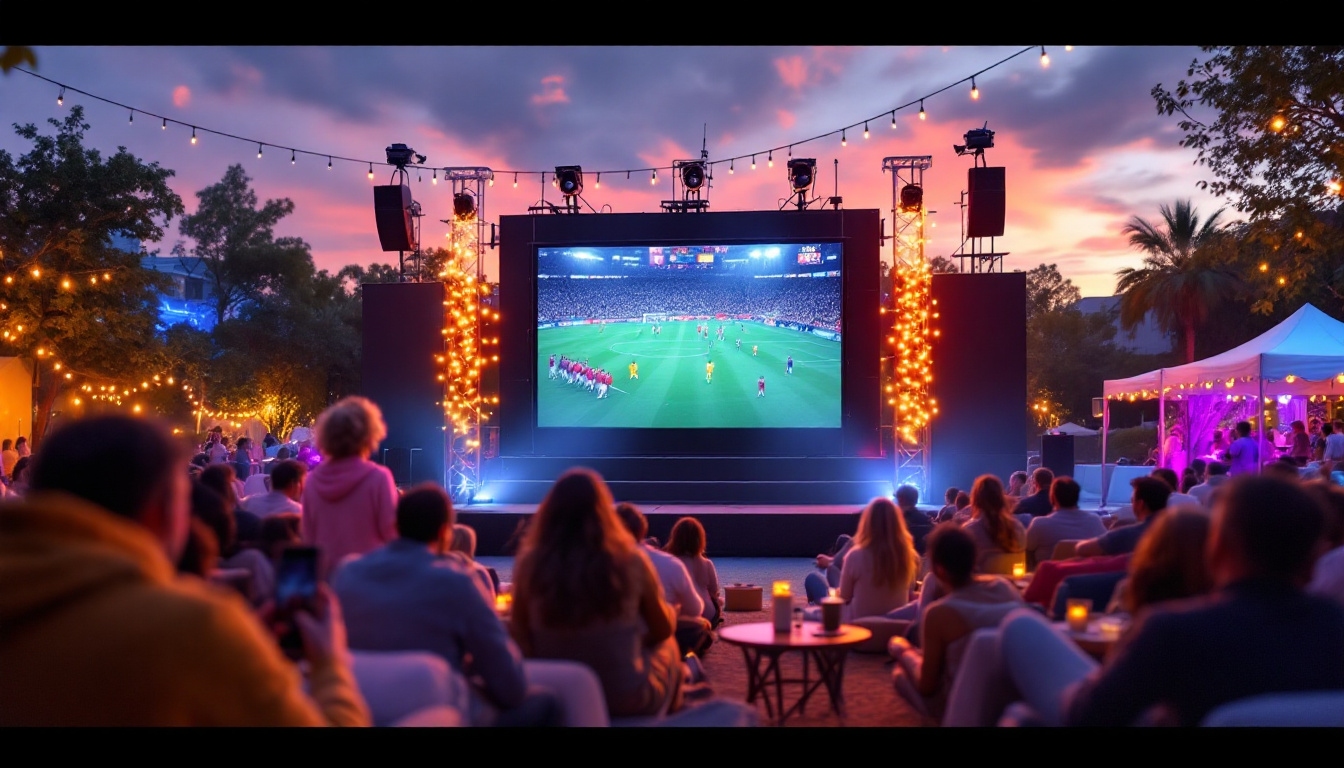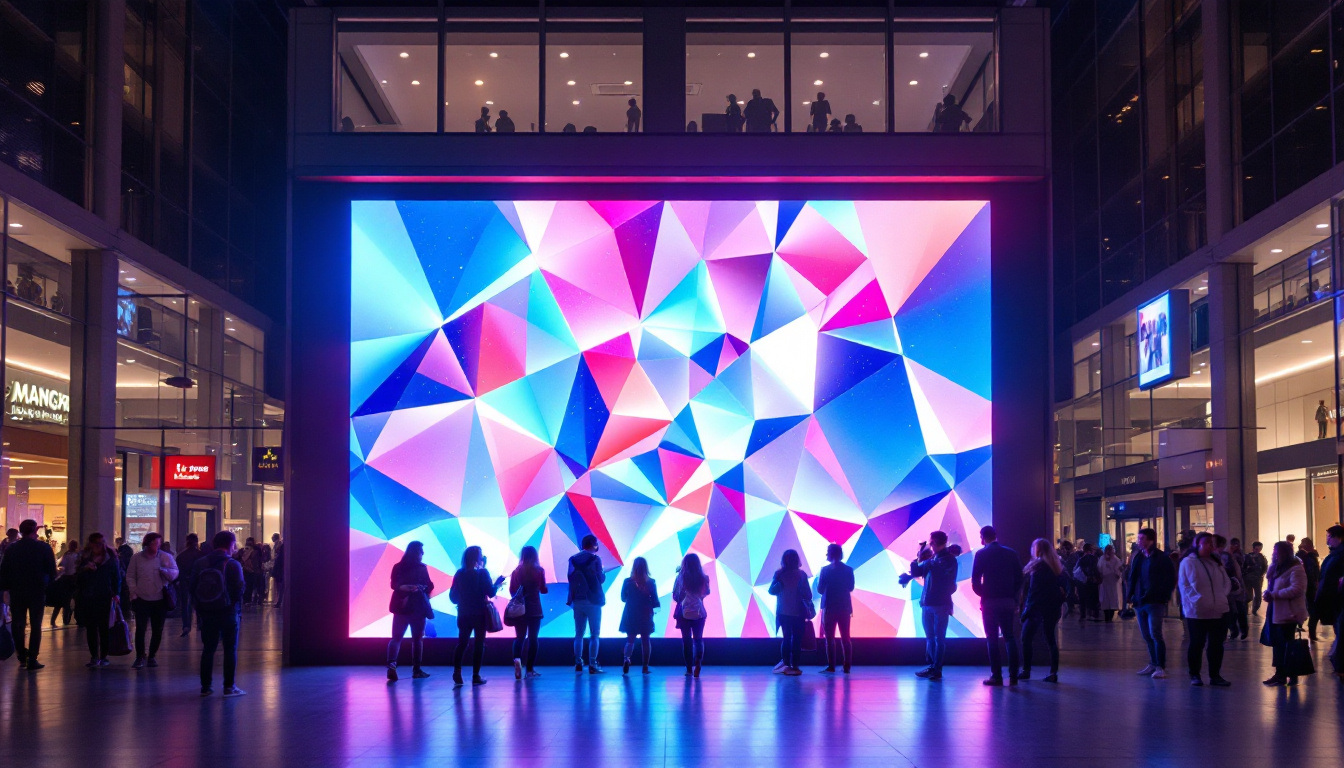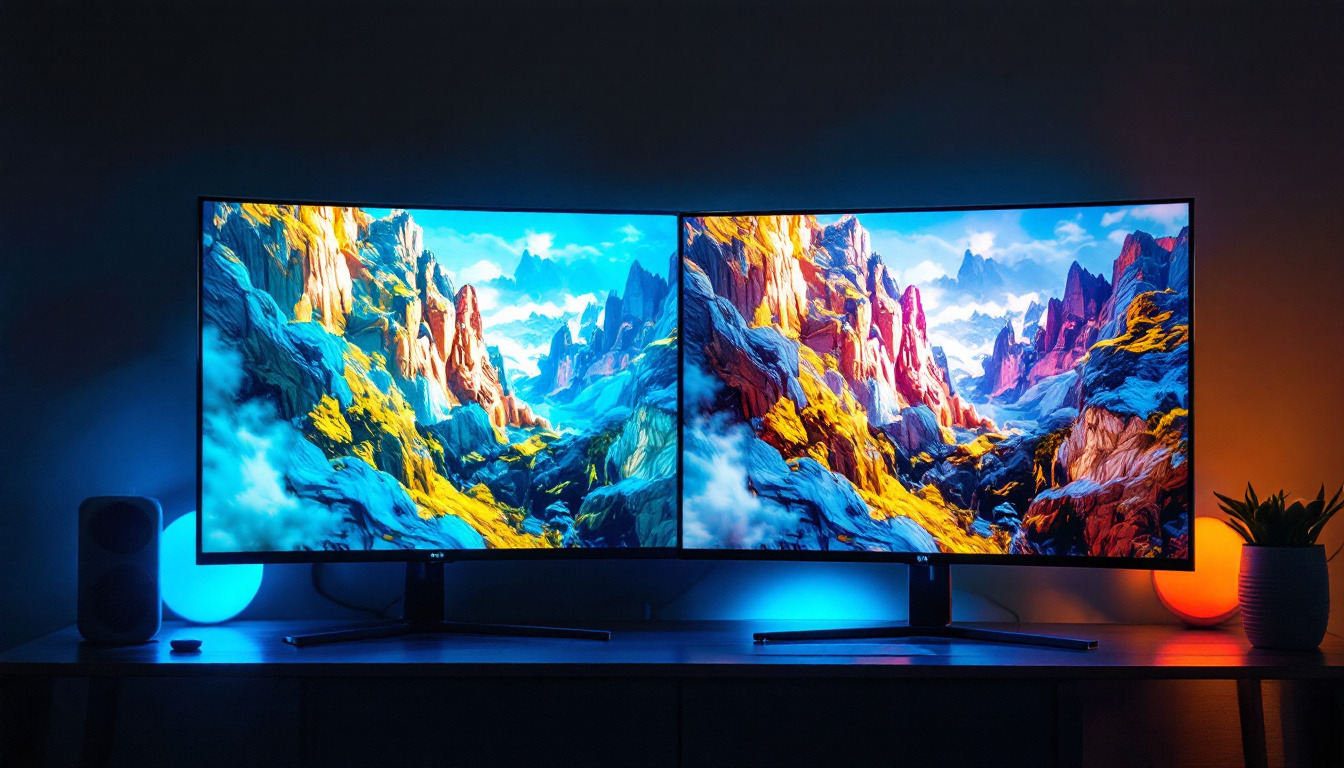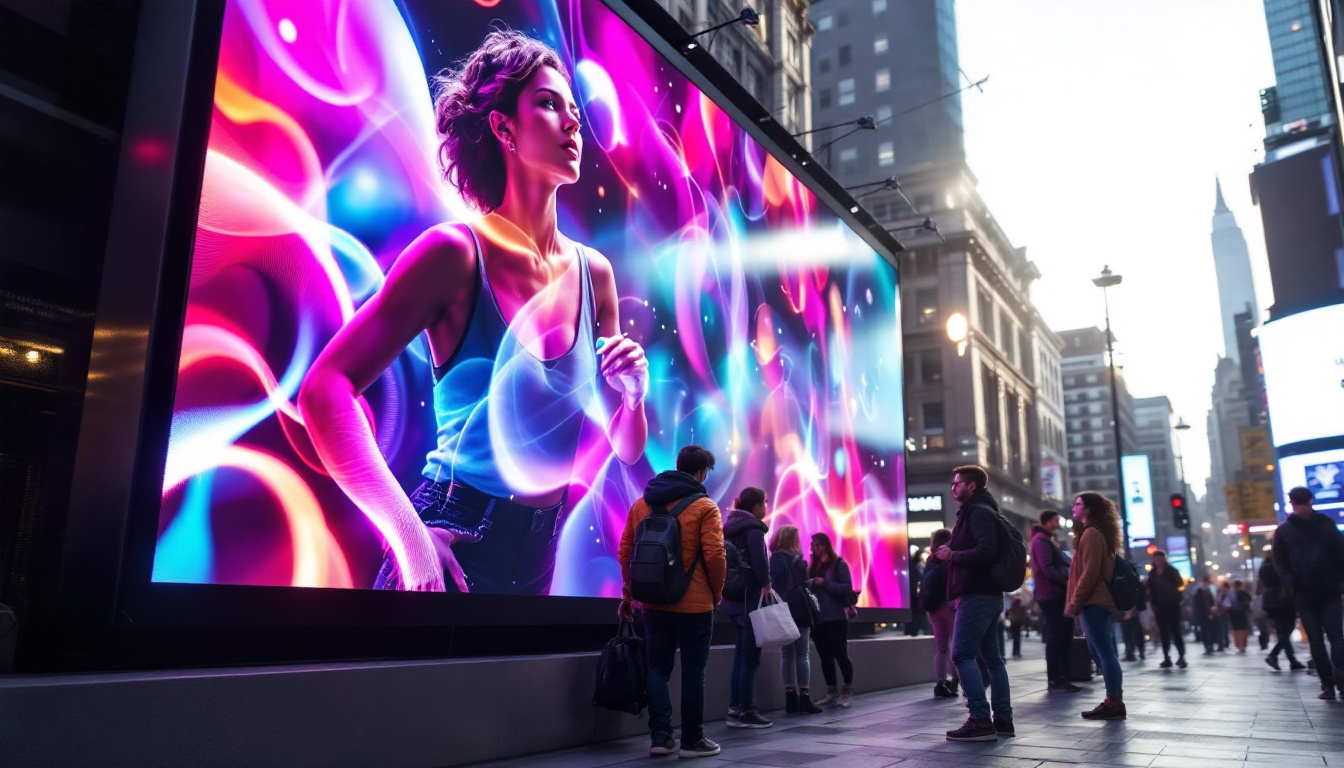In today’s fast-paced digital world, LED displays have become an integral part of communication, advertising, and information dissemination. From massive outdoor billboards to indoor digital signage in retail stores, LED technology is reshaping how businesses and organizations engage with their audiences. Ihub Com, a leading provider of innovative display solutions, has been at the forefront of this transformation. This article delves into the fundamentals of LED displays, their types, applications, and the technology that powers them, providing a comprehensive understanding for anyone interested in this dynamic field.
Understanding LED Display Technology
What is an LED Display?
LED stands for Light Emitting Diode, a semiconductor device that emits light when an electric current passes through it. An LED display is a flat panel display that uses an array of LEDs as pixels to create images, videos, or text. These displays are known for their brightness, energy efficiency, and long lifespan, making them suitable for a wide range of environments and applications.
Unlike traditional LCD or plasma screens, LED displays can produce their own light, eliminating the need for a backlight. This self-illumination results in better contrast ratios and more vibrant colors, which is why LED displays are preferred for high-visibility applications such as outdoor advertising and large-scale events.
How Do LED Displays Work?
LED displays consist of thousands to millions of tiny LEDs arranged in a grid. Each LED functions as a pixel or part of a pixel, emitting red, green, or blue light. By varying the intensity of these three colors, the display can reproduce a full spectrum of colors. This process is known as additive color mixing.
The control system behind an LED display manages the brightness and color of each LED in real-time, enabling dynamic content such as videos, animations, and live feeds. Modern LED displays use sophisticated driver ICs (integrated circuits) and software algorithms to ensure smooth and accurate image rendering.
Types of LED Displays
Indoor LED Displays
Indoor LED displays are designed for environments with controlled lighting conditions, such as shopping malls, conference rooms, airports, and retail stores. These displays typically have a higher pixel density, meaning the LEDs are packed closely together to provide sharp images and clear text at close viewing distances.
Indoor LED displays often feature pixel pitches (the distance between the centers of two adjacent LEDs) ranging from 0.9mm to 4mm. The smaller the pixel pitch, the higher the resolution and image clarity. For example, a 1.5mm pixel pitch display is ideal for viewing distances of about 1.5 to 3 meters.
Outdoor LED Displays
Outdoor LED displays are built to withstand harsh environmental conditions such as rain, wind, dust, and extreme temperatures. They are commonly used for billboards, stadium screens, public information boards, and transportation hubs.
These displays have larger pixel pitches, usually between 4mm and 20mm, because they are viewed from greater distances. Their brightness levels are significantly higher—often exceeding 5,000 nits—to ensure visibility even under direct sunlight. Additionally, outdoor LED displays are equipped with weatherproof enclosures and cooling systems to maintain optimal performance.
Flexible and Transparent LED Displays
Innovations in LED technology have led to the development of flexible and transparent LED displays. Flexible LED panels can be bent or curved, enabling creative installations on irregular surfaces such as building facades or vehicle exteriors. Transparent LED displays allow light to pass through, making them perfect for glass windows and storefronts without obstructing the view.
These advanced displays open new possibilities for architects and advertisers, blending technology seamlessly into the environment while maintaining aesthetic appeal.
Applications of LED Displays
Advertising and Marketing
One of the most prominent uses of LED displays is in advertising. Digital billboards and signage can capture attention more effectively than static posters due to their dynamic content and brightness. According to recent market research, the global digital signage market is expected to grow at a CAGR of around 8% from 2023 to 2028, driven largely by LED technology adoption.
LED displays allow marketers to update content remotely and instantly, enabling timely promotions and targeted messaging. For instance, retail stores use LED screens to showcase flash sales or new arrivals, while outdoor billboards can display real-time weather updates or social media feeds alongside advertisements.
Events and Entertainment
Concerts, sports events, and conferences often rely on large LED screens to enhance the audience experience. These displays provide clear visuals regardless of ambient lighting and viewing distance, making them ideal for live broadcasts, scoreboards, and interactive presentations.
For example, the Super Bowl halftime shows frequently use massive LED walls to create immersive visual effects that complement the performances. Similarly, theaters and exhibition centers use LED displays to provide dynamic backdrops and information displays.
Corporate and Educational Use
In corporate environments, LED displays facilitate communication in boardrooms, lobbies, and training centers. They are used to present data dashboards, video conferencing, and digital signage for internal announcements. Educational institutions utilize LED screens for interactive learning, campus information, and event promotion.
The versatility and clarity of LED displays make them valuable tools for enhancing engagement and information sharing in professional and academic settings.
Transportation and Public Information
LED displays play a crucial role in transportation hubs such as airports, train stations, and bus terminals. They provide real-time schedules, alerts, and wayfinding information to travelers. Their high visibility and reliability ensure that critical information is conveyed effectively, reducing confusion and improving overall passenger experience.
Moreover, smart city initiatives increasingly incorporate LED displays for public announcements, emergency alerts, and environmental monitoring, contributing to safer and more connected urban environments.
Key Advantages of LED Displays
Energy Efficiency and Longevity
LED displays are renowned for their energy efficiency compared to traditional display technologies. LEDs consume less power while delivering higher brightness levels, which translates to lower operating costs and reduced environmental impact.
Additionally, LEDs have a longer lifespan, often exceeding 100,000 hours of operation. This durability minimizes maintenance and replacement expenses, making LED displays a cost-effective solution over time.
Superior Image Quality
The ability of LED displays to produce vibrant colors, deep blacks, and high contrast ratios results in superior image quality. This advantage is particularly important for applications requiring high visual impact, such as advertising and entertainment.
Furthermore, LED displays maintain consistent brightness and color accuracy over time, ensuring a reliable viewing experience.
Scalability and Flexibility
LED displays can be customized in size and shape to fit various spaces and design requirements. Whether it’s a small indoor screen or a massive outdoor billboard, LED modules can be combined seamlessly to create the desired display area.
The modular nature of LED displays also facilitates easy upgrades and repairs, as individual panels can be replaced without dismantling the entire system.
Considerations When Choosing an LED Display
Pixel Pitch and Resolution
Choosing the right pixel pitch is critical to achieving optimal image quality. A smaller pixel pitch offers higher resolution but comes at a higher cost and is typically suited for close viewing distances. Conversely, larger pixel pitches are more economical and effective for long-distance viewing but may sacrifice image detail.
Understanding the typical viewing distance and application environment helps determine the appropriate pixel pitch for a given project.
Brightness and Viewing Environment
Brightness requirements vary based on whether the display is used indoors or outdoors. Outdoor displays must be significantly brighter to overcome sunlight glare, while indoor displays can operate at lower brightness levels to reduce eye strain and power consumption.
Additionally, ambient lighting conditions and viewing angles should be considered to ensure content is clearly visible from all intended vantage points.
Durability and Maintenance
For outdoor installations, durability against weather elements is paramount. Displays should have appropriate IP ratings (Ingress Protection) to resist dust and water. Cooling systems and protective enclosures also contribute to the longevity of the display.
Maintenance accessibility is another important factor. Modular designs that allow quick replacement of faulty panels reduce downtime and maintenance costs.
Future Trends in LED Display Technology
Mini-LED and Micro-LED Innovations
Emerging technologies such as Mini-LED and Micro-LED are pushing the boundaries of LED display performance. Mini-LEDs use smaller diodes than traditional LEDs, enabling higher pixel densities and improved contrast. Micro-LEDs take this further by offering even smaller pixels, promising ultra-high resolution and energy efficiency.
These advancements are expected to revolutionize display quality in consumer electronics, digital signage, and large-scale installations over the coming years.
Integration with Smart Technologies
LED displays are increasingly integrated with IoT (Internet of Things) and AI (Artificial Intelligence) to deliver smarter content management and interactivity. For example, digital signage can adapt content based on audience demographics, weather conditions, or real-time events, enhancing engagement and relevance.
Moreover, touch-enabled LED displays and gesture recognition are expanding the possibilities for interactive applications in retail, education, and public spaces.
Sustainability and Eco-Friendly Designs
As environmental concerns grow, manufacturers are focusing on making LED displays more sustainable. This includes using recyclable materials, reducing power consumption, and designing for easier end-of-life recycling.
Energy-efficient LED displays contribute to green building certifications and corporate sustainability goals, making them attractive choices for environmentally conscious organizations.
Conclusion
LED displays represent a versatile and powerful medium for communication, offering unmatched brightness, clarity, and flexibility. Whether for advertising, entertainment, corporate communication, or public information, LED technology continues to evolve, delivering new possibilities and enhanced user experiences.
Companies like Ihub Com are driving innovation in this space, providing tailored LED display solutions that meet diverse needs and environments. Understanding the technology, types, and applications of LED displays empowers businesses and organizations to make informed decisions and harness the full potential of this transformative technology.
As LED display technology advances with innovations like Mini-LED, Micro-LED, and smart integration, the future promises even more dynamic and sustainable visual communication solutions that will shape the way we interact with the world around us.
Discover LumenMatrix’s Innovative LED Solutions
Ready to elevate your visual communication strategy with cutting-edge LED technology? Explore LumenMatrix’s comprehensive range of LED display modules, from vibrant Indoor and Outdoor LED Wall Displays to dynamic Vehicle and Sports LED Displays. Our mission is to revolutionize your visual experience, whether through captivating LED Poster Displays, interactive Floor LED Displays, or our versatile All-in-One and Custom LED solutions. Embrace the future of digital signage with our Transparent LED Displays and make a lasting impression. Check out LumenMatrix LED Display Solutions today and transform your brand’s visibility and audience engagement.

